I’ll never forget the smell. That rancid, sour odor hit me the moment I opened my storage unit last summer. My “brilliant” idea to stash extra pet foods had turned into a rodent buffet. The cleanup cost me more than the storage unit itself. Let me save you from making the same mistakes I did.
Pet Supplies Storage: The Good, The Bad, and The Downright Disgusting
My golden retriever, Max, goes through supplies like a tiny, furry tornado. Here’s what I’ve learned after five years of trial and error:
Safety Bets:
- Metal food bowls (washed and dried thoroughly).
- Extra leashes and collars (because you know you’ll lose at least two this year).
- Seasonal gear (that winter dog coat you bought but only used once).
Storage Disasters Waiting to Happen:
- Half-used food bags (I learned this the hard way when mice chewed through three layers of plastic).
- Wet food cans (even unopened – temperature swings cause them to leak).
- Medications (they become useless faster than you’d think).
Pro Tip: If you must store pet food, use military-grade sealed containers. I splurged on a Gamma Seal lid for my storage bin after The Great Mouse Invasion of 2022.
At County Line Storage, we’ve helped hundreds of pet owners store their gear properly. Just last week, we helped a client organize twelve (yes, twelve) dog crates. But we’ll always tell you straight – some things just don’t belong in storage.
Plants in Storage: A Death Sentence for Your Greenery
My wife still hasn’t forgiven me for killing her prized monstera. I thought “just two weeks in storage” would be fine. It wasn’t.
Why Plants Die in Storage:
- Darkness kills – Even “low light” plant need some light.
- Temperature swings cause shock – Most units aren’t climate controlled.
- Stagnant air breeds mold – Your plants will either suffocate or become a science experiment.
What Actually Works:
- Artificial plants (as long as you pack them properly).
- Empty pots and planters (clean them first!).
- Gardening tools (but not the half-used bag of fertilizer).
Real Solution: When we moved last year, we found a college student on Craigslist who was happy to plant-sit for $20 a week. Best money we ever spent.
Food Storage: Why Your Grandma’s Pantry Method Doesn’t Work Here
Remember when your grandparents stored canned goods in the basement for years? Storage units aren’t basements.
Horror Stories I’ve Seen:
- Exploded cans of tomatoes (summer heat is brutal).
- Ant infestations from a single unsealed cereal box.
- A raccoon that somehow got into a unit with cat food.
The Only Exceptions:
- Commercially sealed emergency rations (think doomsday prepper level).
- Empty food containers (mason jars, tins, etc.).
Better Idea: That case of soup you got on sale? Donate it to your local food bank. They’ll use it before it goes bad, and you’ll avoid creating a biohazard in your storage unit.
The Storage Reality Check
After managing County Line Storage for seven years, here’s my brutally honest advice:
Store This:
- Seasonal pet gear (that snowsuit your dog hates).
- Gardening tools (clean and dry).
- Kitchen appliances you use twice a year.
Never Store This:
- Anything alive (plants, pets, sourdough starters).
- Food (no, not even “just for a little while”).
- Items that leak, smell, or attract pests.
We once had a client try to store a freezer full of meat during a power outage. The cleanup crew still has nightmares. Don’t be that person.
Final Thought
Storage units are amazing for decluttering – I use one myself for my kayak and holiday decorations. But they’re not magical spaces where perishables stop perishing. If you’re unsure about an item, just ask us at County Line Storage. We’ll give you the straight answer, even if it’s not what you want to hear.
And if you absolutely must store something questionable? Take photos first. We could use a good laugh in the break room. (Kidding… mostly.)

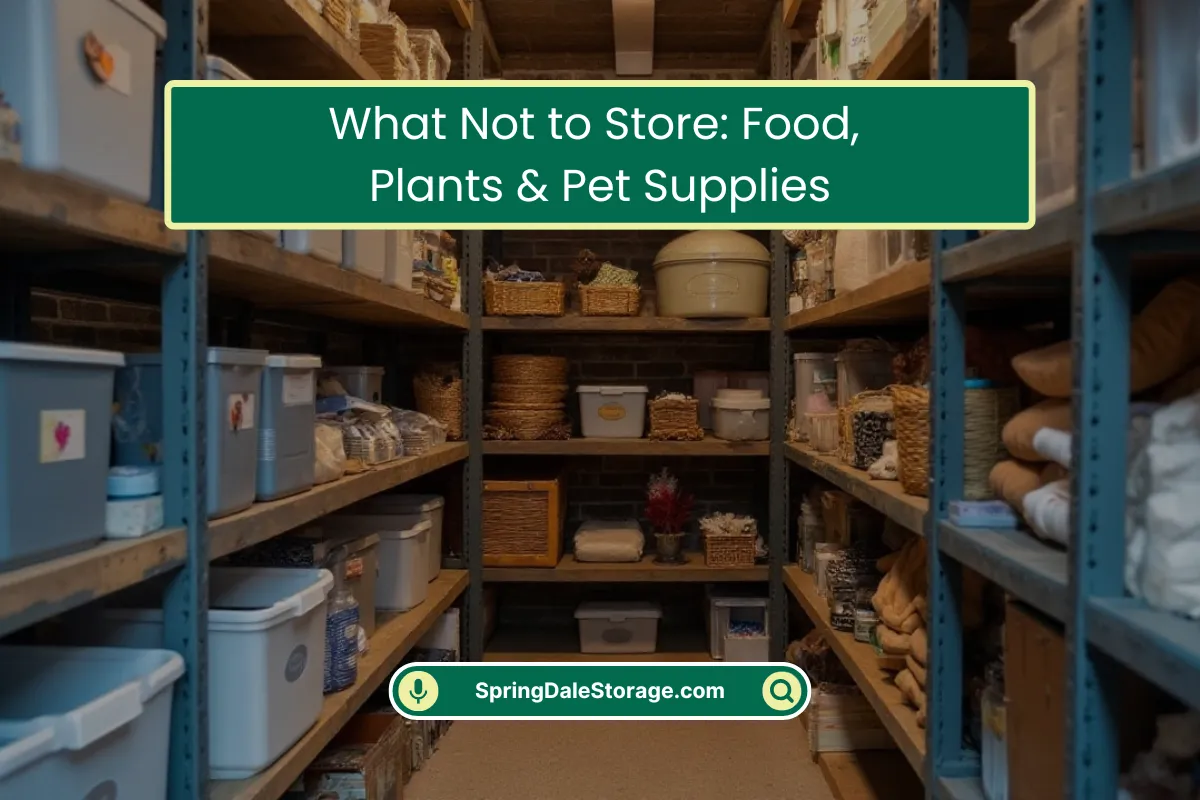

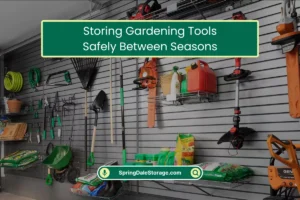
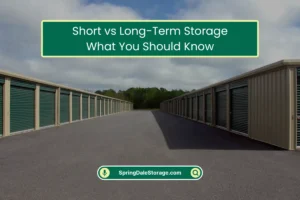


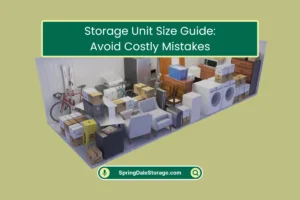



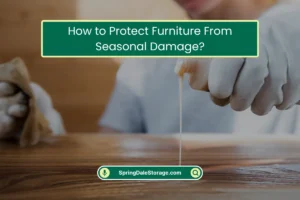

0 Comments